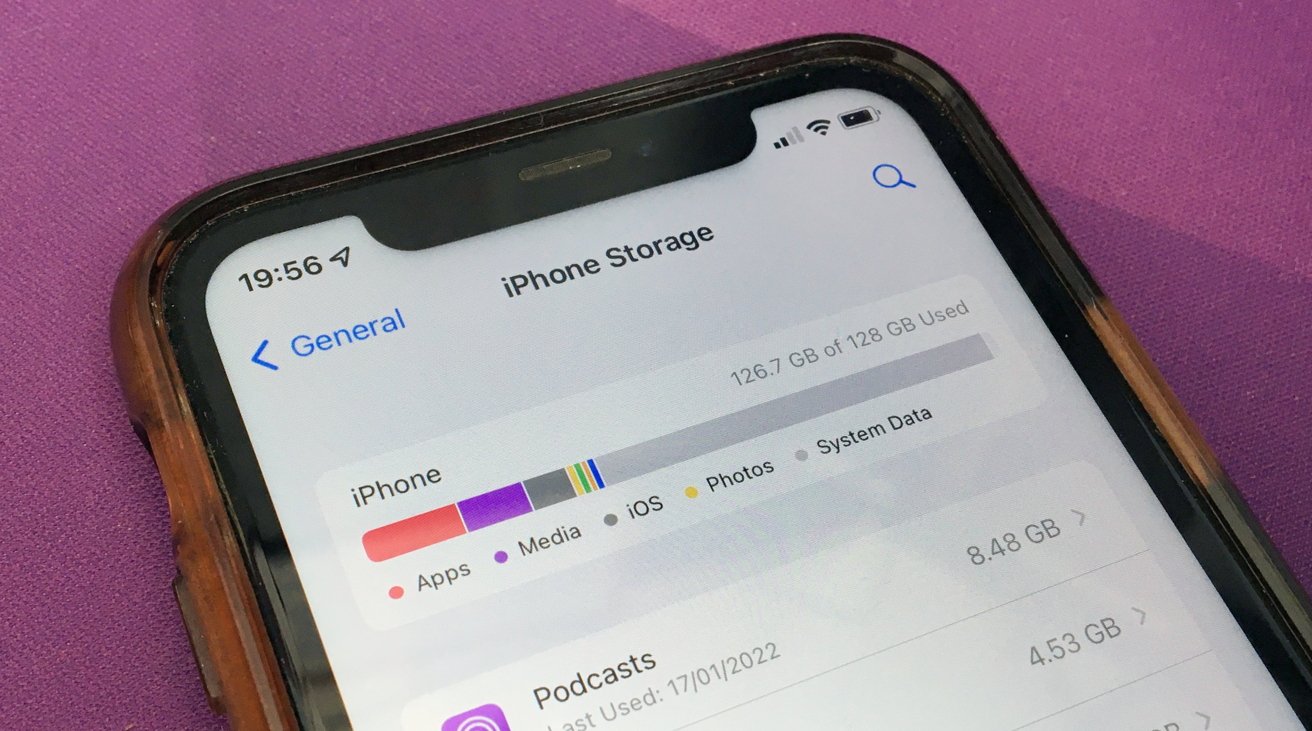In early April 2025, Apple Inc. experienced an unexpected surge in iPhone sales, driven by consumer concerns over impending tariff increases set to take effect on April 9. Reports from various Apple retail locations indicated a significant uptick in customer traffic, reminiscent of holiday shopping seasons, as buyers sought to purchase devices before potential price hikes.
Background on Tariffs and Consumer Reaction
The U.S. administration, under President Donald Trump, announced new reciprocal tariffs imposing a 54% duty on goods imported from China and a 26% duty on imports from India. Given that a substantial portion of Apple’s manufacturing occurs in these countries, consumers anticipated significant price increases for products like the iPhone. Analysts projected that if Apple passed the additional costs onto consumers, prices could rise by up to 43%. For instance, the iPhone 16 Pro Max, currently priced at $1,599, could see its price escalate to nearly $2,300. ([reuters.com](https://www.reuters.com/technology/will-trump-tariffs-make-apple-iphones-more-expensive-2025-04-03/?utm_source=openai))
This looming price increase prompted a wave of panic-buying, with customers aiming to secure devices at existing prices before the tariffs took effect. Apple stores reported sales volumes comparable to peak holiday periods, an unusual trend for this time of year.
Apple’s Strategic Measures
In anticipation of the tariffs, Apple implemented several strategies to mitigate their impact:
1. Inventory Stockpiling: The company increased its U.S. inventory by importing additional devices from its manufacturing facilities in China and India during March. This stockpile was intended to buffer against immediate price increases, allowing Apple to maintain current pricing for a limited period.
2. Diversifying Manufacturing Locations: Apple accelerated its efforts to diversify its manufacturing base. By the end of 2025, the company aimed to meet up to 50% of U.S. demand with devices produced in India, reducing reliance on Chinese manufacturing and mitigating the impact of tariffs.
3. Engaging with Policymakers: Apple’s CEO, Tim Cook, actively engaged with U.S. officials to discuss the potential repercussions of the tariffs. Cook emphasized that such tariffs could function as a consumer tax, leading to higher prices and reduced demand. He advocated for policies that would not adversely affect American consumers and businesses. ([macobserver.com](https://www.macobserver.com/news/apple-ceo-bags-on-trump-tariffs/?utm_source=openai))
Market and Investor Response
Despite these proactive measures, Apple’s stock experienced a significant decline, dropping nearly 20% in the days following the tariff announcement. Investors expressed concerns about the company’s ability to manage increased production costs and the potential for decreased consumer demand due to higher prices. Analysts estimated that the tariffs could cost Apple over $38 billion annually, approximately 26% of its projected fiscal 2026 earnings before interest and taxes. ([kiplinger.com](https://www.kiplinger.com/investing/stocks/wall-street-is-worried-about-apple-stock-should-you-be-too?utm_source=openai))
Broader Implications and Future Outlook
The situation highlights the complexities multinational corporations face amid global trade tensions. Apple’s experience underscores the challenges of navigating supply chain dependencies and the potential impact of geopolitical decisions on business operations.
Looking ahead, Apple’s ability to adapt to these challenges will be crucial. The company’s efforts to diversify its manufacturing base and engage with policymakers may help mitigate some of the adverse effects. However, the long-term impact of the tariffs on Apple’s pricing strategy, consumer demand, and overall profitability remains to be seen.
In conclusion, while the recent surge in iPhone sales reflects consumer behavior in response to anticipated price increases, it also presents Apple with both challenges and opportunities. The company’s strategic responses will play a pivotal role in determining its resilience and success in an increasingly complex global market.



